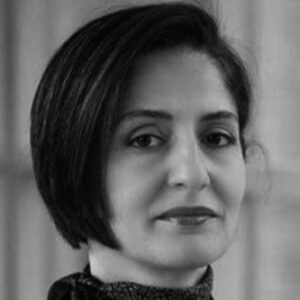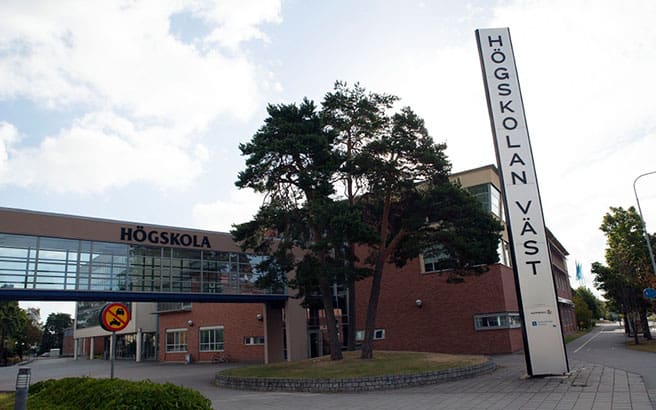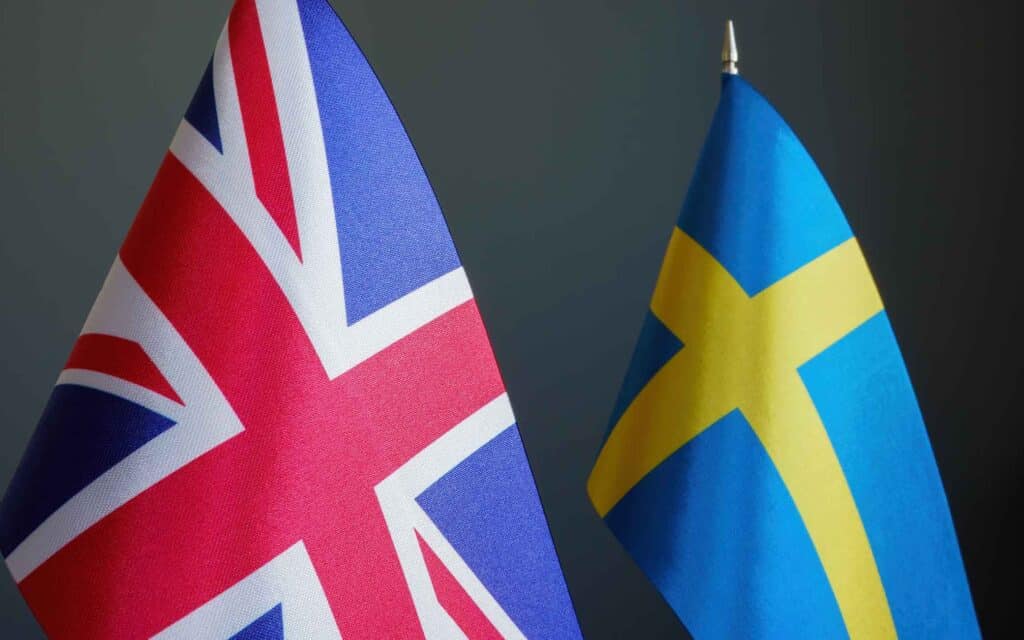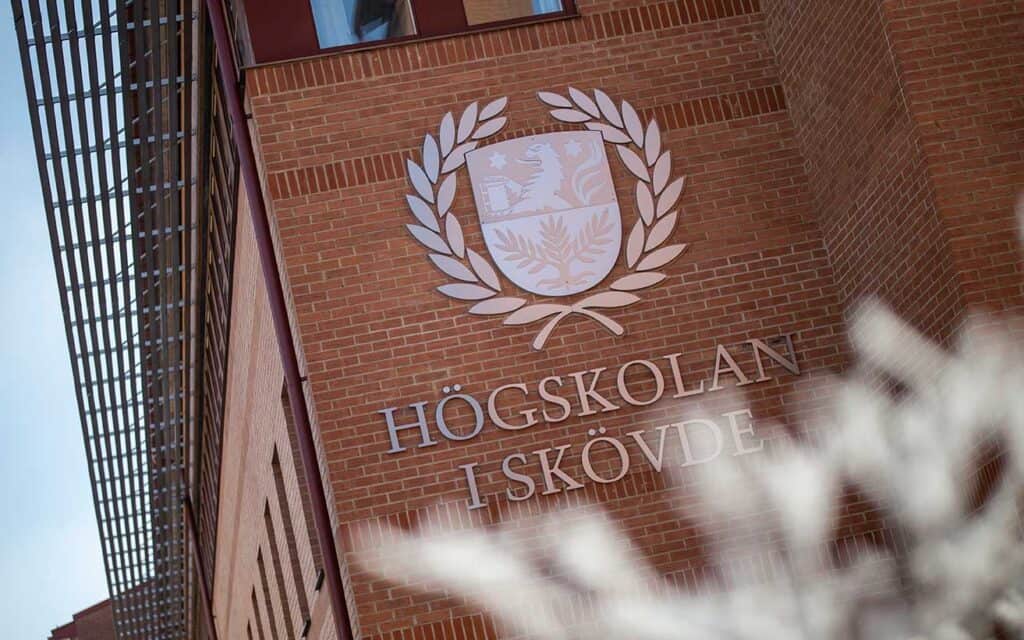Recently, Universitetsläraren introduced a 2022 report from Språkrådet on language choices at Swedish higher education institutions, HEIs. The report presents the ‘fact’ that English is increasingly used in research and teaching, as well as a ‘discourse’ that the increasing use of English in Swedish academia is anglicization, the process of assimilation or absorption into Anglophone culture and its language norms. This anglicization discourse incorporates the idea that English is a threat to Swedish to diminish in academic domains.

Anglicization is indeed one integral part of today’s global English. It took place through the first diaspora of English with the migration of its mother tongue speakers from Europe to North America, New Zealand, and Australia, and through the second diaspora – the British colonization of many countries in Africa and Asia. The process is still taking place, mainly through the provision and consumption of Anglophone, often the US and UK, pop culture and commercial products including educational/research content.

The spread of English, however, cannot be identified entirely with anglicization. It instead involves another prevailing process as well, which we refer to as ‘de- anglicization. The English language transported to the colonized countries in Africa and Asia has diversified into numerous non-Anglophone or de-anglicized Englishes, through contact with local languages and cultures. English is also the most dominant lingua franca among people from different linguacultural backgrounds and with different mother tongues, transcending national boundaries. It is thus not unusual to hear that English has been ‘detached from its historical home’ and ceased to be only ‘the property of UK or US’.
Yes, anglicization takes place in a Swedish academic context, often as a top-down process that endorses the ownership and custody of English to Anglophone speakers, such as the stipulation in several HEIs’ policy documents that British English should be used for their official information materials. However, de-anglicization of English takes place too, even more powerfully through the everyday use of the language for teaching, learning, researching, and administering. Most students, administrators, teachers, and researchers at Swedish HEIs have non-Anglophone backgrounds, and for them, using English is a democratic choice for communicating on an equal footing. The culture they bring into the place of using English is profoundly connected to their own linguistic, national, and cultural identities, where Anglophone culture is often irrelevant. Their effort in speaking English is mostly for achieving clear, mutual understanding in content and intent, rather than for conforming to UK or US English norms.
Evidently, Swedish researchers including PhD candidates increasingly choose to publish their research in English, primarily to gain a world-wide readership. But again, we wonder if academic papers and talks in ‘Swedish English’ contribute to anglicizing Swedish academia, more than de-anglicizing English and the way the language is used. Besides, the Språkrådet’s report seems to overlook the fact that the studies published in English are disseminated in Swedish as well, through seminars, workshops, conference presentations, lectures, popular science articles and even through translating the entire texts into Swedish. This must not be a simple zero-sum game that makes English gain and Swedish lose in academic domains, but rather a fruitful multiplication that benefits both the world and Sweden itself with research and academic knowledge that the country produces.
Three alternatives for protecting Swedish?
The Språkrådet’s report presents three alternative ways to fix the growing problem of anglicized academia and protect Swedish from the threat by English. This framing of the spread of English has some evident flaws that we have discussed. Yet, the report is right in recognizing that there are issues in language choices at Swedish HEIs. These issues stem from a self-contradiction in pursuing two different goals. One goal is to be part of the international scientific community, contributing to science and reaping the fruits of the process economically and reputation-wise, for which English is an indispensable instrument. The other goal is, based on the report as well as our experiences, to keep ‘dream’ Swedish academia, where everyone speaks Swedish, teaches in Swedish, publishes only in Swedish, thinks in Swedish, and perhaps even walks in Swedish. These self-contradicting goals lead to many dilemmas, including language policies that disadvantage international scholars, who represent about 15 per cent of academic staff in Sweden, according to UKÄ.
Let us go back to the three alternatives.
First, stopping the use of English. This may very well happen, but the decision makers in this case should realize that they will have to give up being part of the international scientific community and harvesting the fruits of internationalization. Swedish HEIs should also stop hiring international scholars, admitting international students, and developing international collaborations.
Second, letting English take over Swedish. This is not an option, but just reassuring the imagined diminishing of the Swedish in academic domains. The increasing use of English cannot be simply seen as anglicization of Swedish academia, or a gradual eradication of the scientific Swedish language.
Third, parallel language use. This is in fact what Swedish HEIs are practicing now with their language policy. On the surface, parallel language use purports to promote multilingualism. However, the real intention is to dictate when and where to use Swedish and English, for which HEIs draw on laws and provisions like the Language Act 2009: 600 or Högskoleverket Rapport 2008 in a very inconsistent, unprincipled way, taking advantage of the fact that no national document directs how a HEI language policy should look like. Protecting Swedish from the threat by English as an excuse, HEIs with their parallel language policy often compromise democracy and justice in their internationalized workplaces. For example, the stipulation that Swedish should be the language for steering meetings, which is often found in HEI policy documents, likely leads to the exclusion of international staff from decision making processes, and to an unrealistic demand for them to quickly achieve high Swedish proficiency.
Unfortunately, none of these alternatives can be good solutions to the issues around language choices at HEIs, as they are based largely on a fear expressed in the anglicization discourse. We therefore propose a fourth alternative – beginning a discussion around language use in academia with some awareness: an awareness about what the mission of academia is; an awareness that one has to choose between different goals if they are inconsistent; an awareness that one cannot have a cake and eat it too; an awareness that the current discourse of English may end up hurting people, their relationships and their work environment.
A discussion that is shaped around such awareness will produce more fruitful outcomes.
Hyeseung Jeong, associate professor in applied linguistics
Tuba Inal, associate professor of political science
University West















